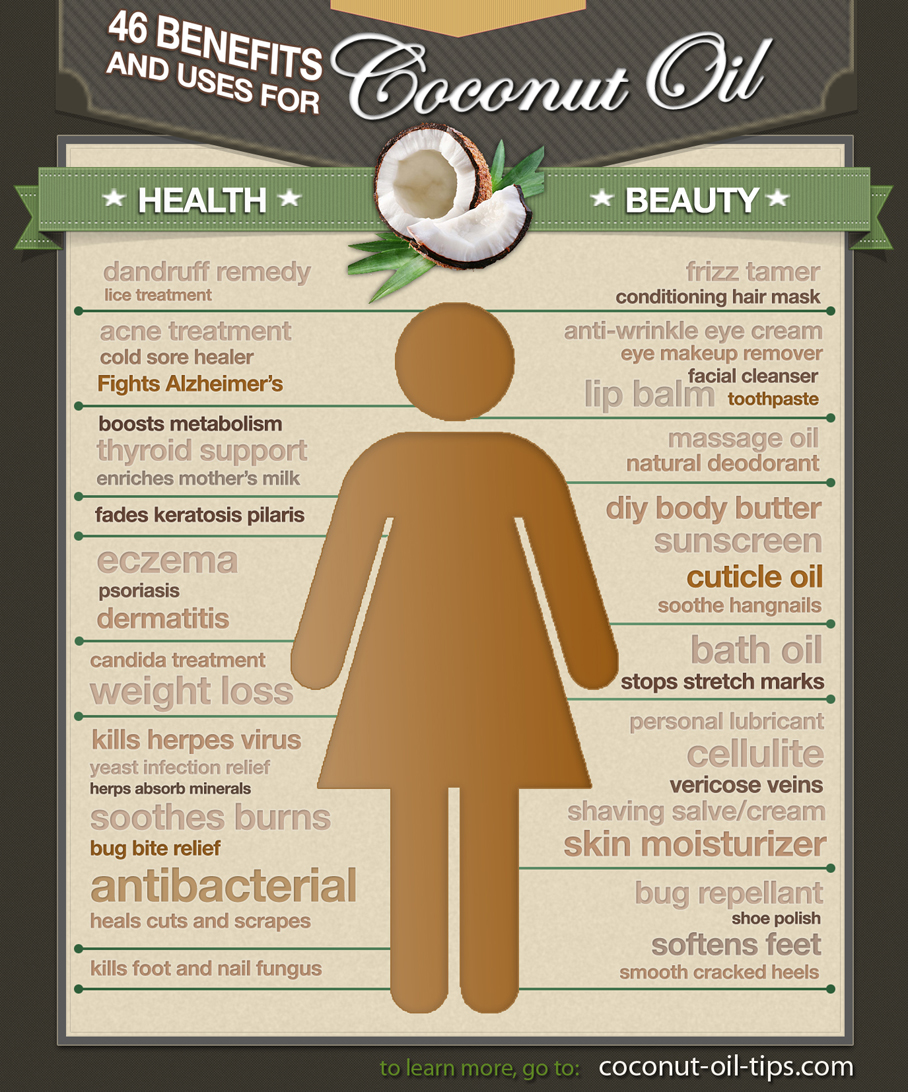Petrochemicals, sounds a little like petrol, sounds a little suspicious don’t you think?
That’s why we’re here to tell you a little more about:
1. what this term actually means in relation to your beauty products and
2. why it might be a good idea to give it the old ‘one two’ (flick!)
Nasty? why you say?
One particular form of Petrochemicals you may be familiar with in cosmetics is mineral oils. Mineral oil is a by-product of petroleum distillation, and during the process a whole host of other solvents and acids are used.
Similar to our little friend the Parabens, the issue with mineral oils like petroleum jelly (also known as a Petrolatum) is that it can be contaminated with cancer-causing polycyclic aromatic hydrocarbons. Because it is often tricky to distinguish whether the chemical is being used in its pure form, is another reason to be suspicious.
According to Dr Frank Lipman, it has also been reported to slow the skin’s natural cell development, causing the skin to age prematurely – now we don’t want that do we ladies?
Where to watch out for our toxic little friend?
Petrolatum or mineral oil is found in many hair care products, lip balms, soaps and skin care products.
One of the big players in this group are sunscreens, which are full of petroleum-derived emollients, penetration enhancers, parabens and formaldehyde preservatives, synthetic dyes and fragrances. In a similar category, are hair styling products, you only have to smell the synthetic scent of hairspray to raise suspicion.
The other place to look out for mineral oil is baby and personal care products. These simple, sweet smelling baby oil – and yes I have fallen victim to the distinct Johnson & Johnson smel. But the issue is that the mineral oil forms a barrier on the skin preventing it from behaving as it should naturally. The scariest thought is that mineral oil is often used as a barrier cream for breastfeeding mums, so little newborns will often ingest it within the first few days of life.
Although you will find mixed reports all over the web about the validity of its ‘harm’ to humans, one of the bigger and more personal issues with mineral oil, is that is non-biodegradable or a renewable resource. For me, that is one factor I would consider strongly when considering its use.
Making the conscious choice
Here are a few simple tips we introduced you to that should help you in your quest for greener beauty:
- Consider where the product is manufactured, we always encourage going local where possible. Smaller manufacturers give you the opportunity to easily connect directly with them for feedback.
- Choose manufacturers that stand by quality.
- Ask yourself, can I pronounce the names of the ingredients? and remember, if there is one nasty chemical there are sure to be more.
- Be mindful of the overuse of words such as ‘organic’ and ‘natural’, look for recognised certification labeling.
- Find brands you trust, and stick to them.
Resources:
- Dr Frank Lipman
- Environmental Working Group (North America)
- David Suzuki Foundation
- The Green Beauty Guide




